The internet is an excellent resource for all kinds of information. However, with all of its advantages, there are also some things that you need to pay attention too. Knowing how to secure a website is a must, and anyone with an online identity needs to pay attention to this.
As the internet can also be a dangerous place for websites knowing how to protect them is an investment in the long run. As an owner, knowing that somebody can wipe out your entire page feels quite bad.
What is needed is to add protection that keeps out hackers, bugs, or any harmful things. If this doesn’t happen, the entire data can be at risk, the site can crash, and you could lose money.
Why should you know how to secure a website?
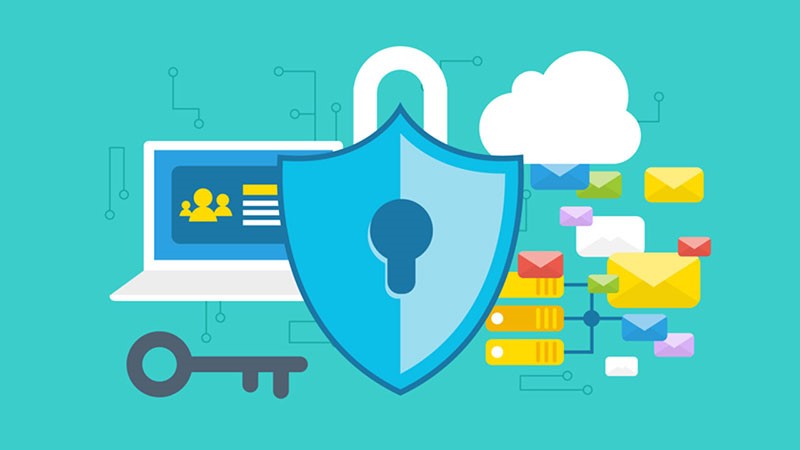
Even if you have a small website that you consider not relevant for a hacker, websites are still compromised all the time.
Most of the problems that appear are not related to data or to mess up the layout of a website. The main reason is to use your server as an email relay for spam or to add files of an illegal nature. Other things hackers do is to compromise machines, a well-known one being to mine for Bitcoins using your hardware.
How can you secure your site?
One of the best ways to do this is by going for simple choices. You know that you should keep the website safe from surprises, but when you go down in the rabbit hole of a website, You can discover difficult concepts.
No worries, there are still some basic steps that you can take together with decisions so let’s see them.
Password and protection
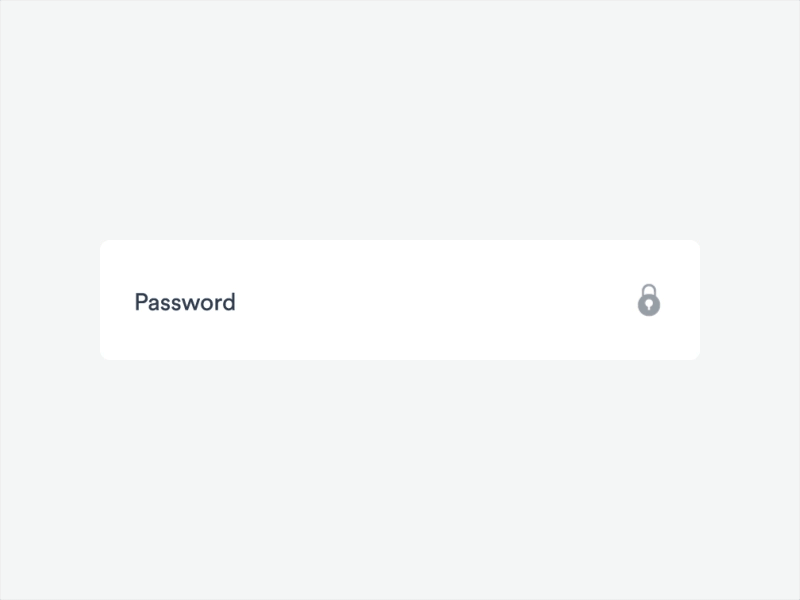
First of all, start by having more complex passwords than in general. Avoid using the same old one for your accounts and especially your website’s administrator login. Never use easy to remember passwords because they can be even guessed sometimes by hackers.
Do not use words that relate to your family or your name. Passwords that contain your birthday are so easy to hack that you can’t even complain that you did not expect that to happen.
Also, when you access your website, use a secure complex password that you can’t guess. A single user’s weak password can make your entire website be at risk, together with all of its registered users.
Keep everything up-to-date
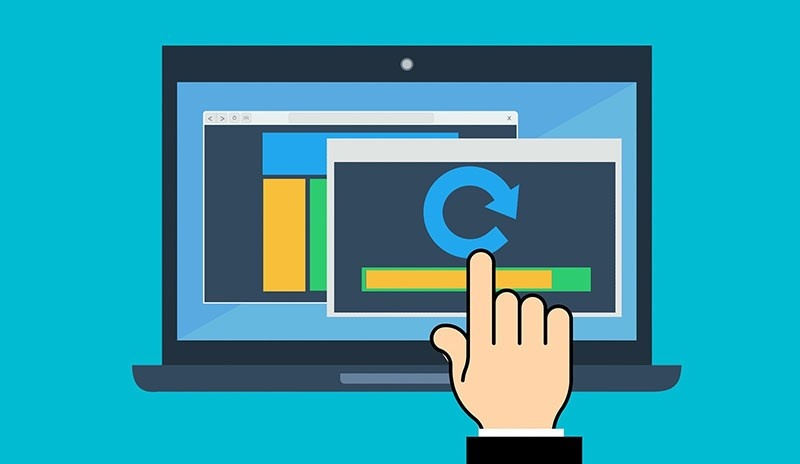
This can seem quite obvious, but sometimes people just don’t do it. Make sure that all of the software that you are using related to your website is on its latest version.
A lot of them are open-source, so this means that hackers can check the source code and find vulnerabilities. This is how they usually manage to get inside of your website and take advantage of it. So, whenever you think it’s a good idea to downgrade WordPress, don’t. New versions usually fix vulnerabilities.
Choose a reputable hosting provider
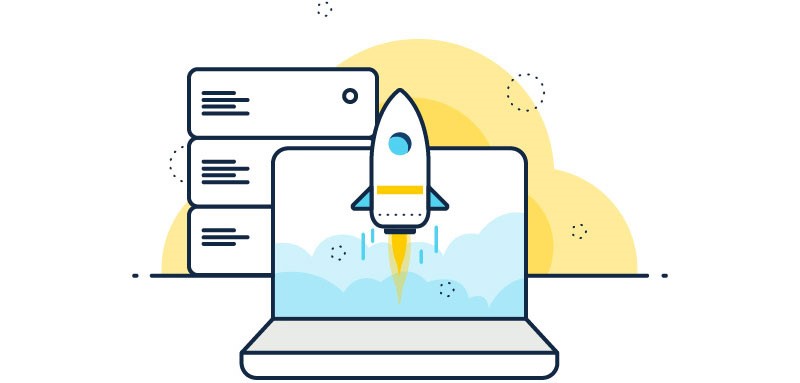
Today, there are many hosting providers that you can choose from. Even if most of them are safe and have many protections, they can still get hacked. This is probably one of the current disadvantages; you can’t control how secure your hosting server is. The only thing you can control is who you choose as your host provider.
It’s probably in your interest to go for reputable, world-class hosting providers that invest big amounts in providing the best services.
Go for HTTPS and SSL
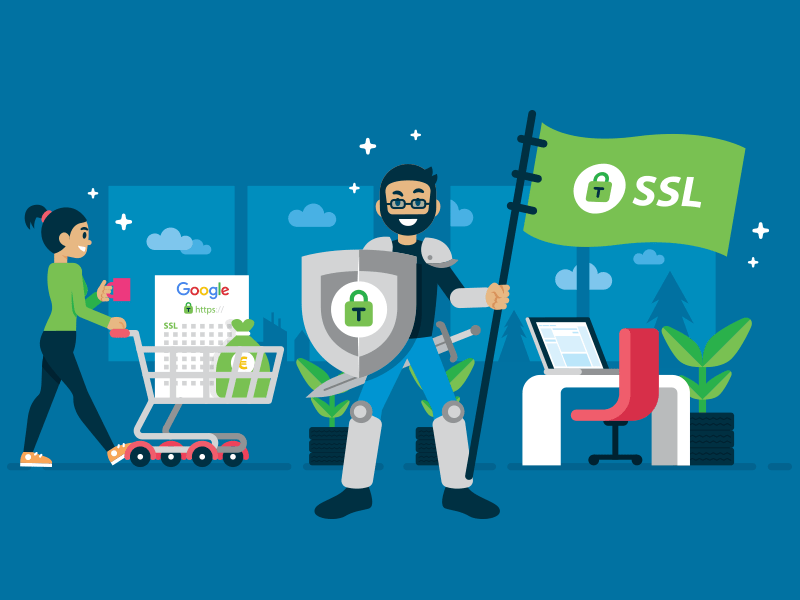
If you don’t know what HTTP and SSL are, you need to find out, especially if you are a site owner. People that are running online shops and have transactions made need to pay even more attention to their protection.
SSL certificates are obtained from reputable providers and offer great protection. Understanding how to secure a website should always include an SSL certificate.
Install security plugins
If you built your website with a content management system (CMS), you could add security plugins that prevent your website from getting hacked. Each of the main CMS options has security plugins available, and a lot of them are free.
Security plugins for WordPress:
Security options for Magento:
Security extensions for Joomla:
These options are focused on the security vulnerabilities that each of the platforms has.
Prevent users from uploading files
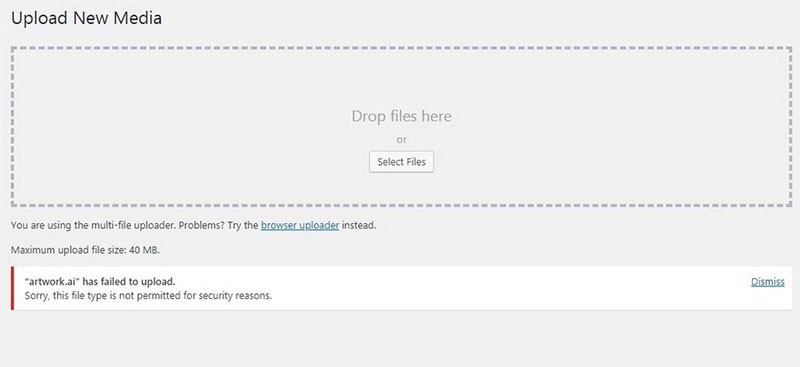
What this means is that people don’t get forms through which they can upload files. Limiting forms of how users can upload files to just photo extensions can be a solution. Sure, they’ll receive more of those „this file is not permitted” errors. But you’ll be safer.
Another one is to add an email address to your contact page where users can email their files rather than sending them directly through the website.
Beware of error messages
Be careful about how much information you are giving in the error messages that your website has. Only give minimal errors to the users. Sometimes errors can send sensitive information like API keys or database passwords.
If you don’t change them, you risk getting certain attacks on your website. This information is good to know, and if you could do a check to it for sure, it is going to be only in your interest.
Watch out when opening emails

Many attacks from hackers take place by using emails. They send all kinds of viruses, and they can target you or your employees, for example.
So the entire team needs to double-check when they open an email because you don’t want to compromise the security of your website due to a virus that is ready to mess up your online presence.
Secure data using VPN
Even if there are many options for safeguards, the best one to secure your data transmission is using VPN. It is a great service that is designed to make sure that all of your data gets routed only through secure channels and that they are highly encrypted.
Create backups regularly
If you don’t do it, now is the time to start. A backup can help you recover fully if any of your website content gets damaged. There are lots of options out there to try.
What is cool now is that you can set the frequency of how often they are getting done. So for sure, this is another useful tip on how to secure a website, especially if this is the first time that you are doing it.
Conclusion
In conclusion, understanding how to secure a website is all about having good practices. Simple solutions are, most of the time, the efficient ones. This is why the ones that you can see in this article are easy to use. So the best way to start your own check is by seeing if you are applying all of them.
Make a list of what your website is doing now from a protection point of view. It’s better to invest some time and energy now when you can and not after you’ve been targeted by hackers.

